In the realm of biomimicry, few animals have inspired as many technological innovations as snakes. Their remarkable ability to navigate confined spaces, traverse varied terrains, and adapt to challenging environments has captured the imagination of engineers and roboticists worldwide. When disaster strikes and human rescuers cannot safely access collapsed buildings or narrow passages, snake-inspired robots offer a promising solution. These sinuous machines can slither through debris, inspect damaged infrastructure, and potentially locate survivors in situations where traditional rescue equipment fails. From earthquake response to pipeline inspection, the unique locomotive abilities of serpents have revolutionized how we design search and rescue technology. This article explores the fascinating intersection of herpetology and robotics, revealing how nature’s most controversial reptile has become an unlikely hero in the development of life-saving technology.
The Evolutionary Marvel of Snake Locomotion

Snakes have perfected a remarkable form of movement over 100 million years of evolution, developing four distinct types of locomotion: lateral undulation (serpentine), rectilinear, concertina, and sidewinding. This diversity of movement allows snakes to navigate virtually any terrain—from desert sands to dense vegetation, rocky crevices to water bodies. Unlike mammals with rigid skeletal structures, snakes possess extremely flexible spines with up to 400 vertebrae, creating unprecedented maneuverability. This evolutionary adaptation enables them to squeeze through openings as small as a quarter of their body diameter, a capability that has profound implications for search and rescue technology. Engineers studying snake locomotion have discovered that these movement patterns can be mathematically modeled and replicated in robotic systems, offering solutions to challenges that wheeled or legged robots simply cannot overcome.
Early Developments in Snake-Inspired Robotics
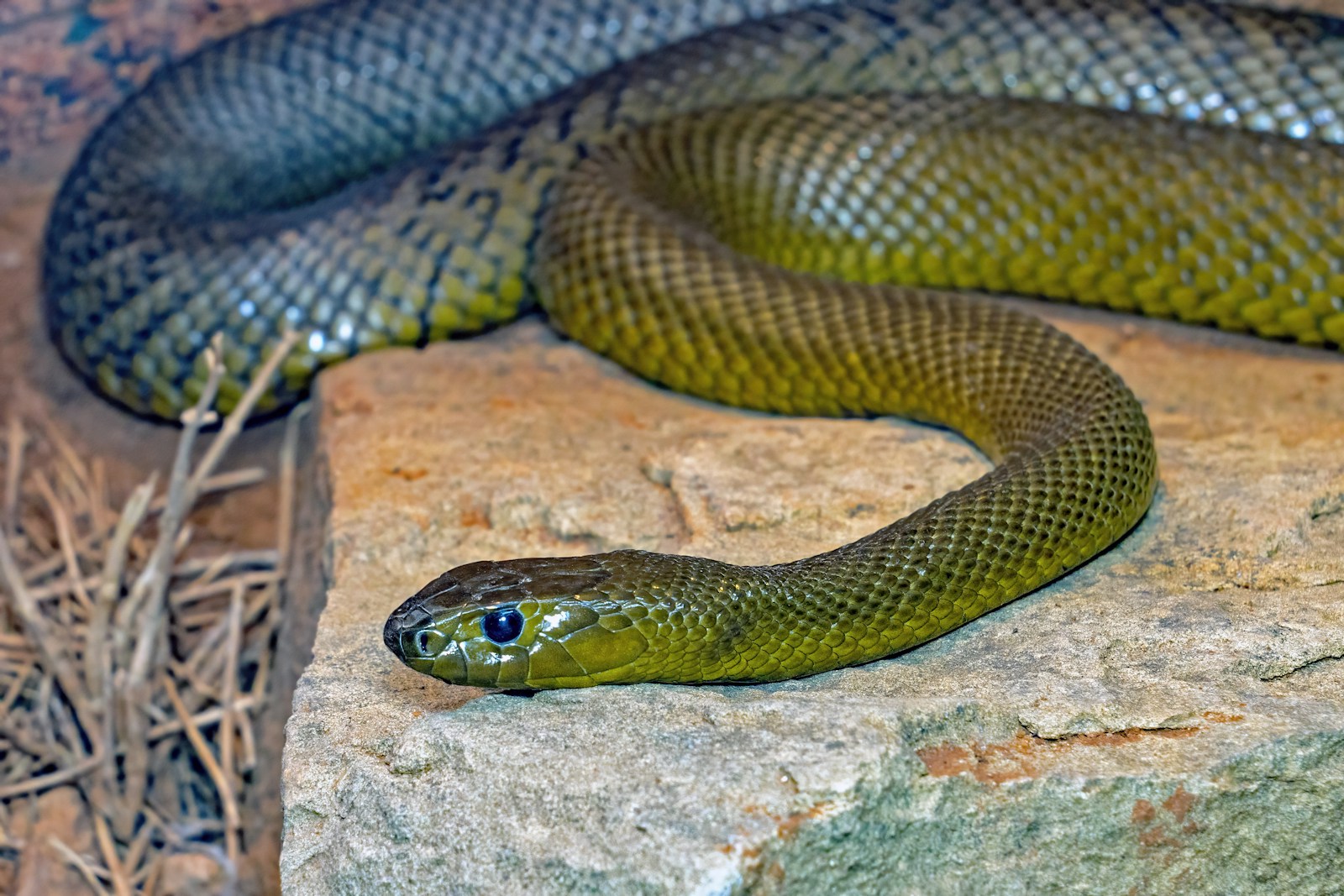
The history of snake robots dates back to the 1970s when Japanese engineer Shigeo Hirose created the first snake-like robot, called the Active Cord Mechanism (ACM). Hirose’s pioneering work established the fundamental principles of snake robot locomotion and demonstrated that serpentine movement could be achieved through a series of interconnected segments with controlled joints. Throughout the 1980s and 1990s, researchers expanded on Hirose’s foundation, developing increasingly sophisticated prototypes that could climb stairs, navigate pipes, and maneuver around obstacles. These early models were relatively primitive by today’s standards, with limited sensors and computational power constraining their practical applications. Nevertheless, they established the proof of concept that would later revolutionize search and rescue robotics, with each generation of snake robots becoming more capable and versatile than the last.
Biomechanical Principles Translated to Engineering
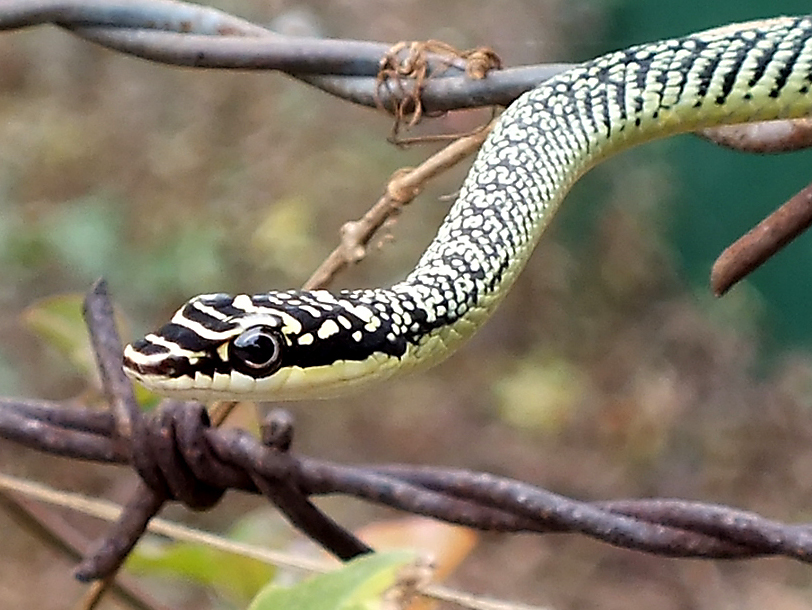
The successful translation of snake biomechanics into robotic systems relies on understanding several key biological principles. First, engineers must replicate the snake’s unique muscular system, where alternating muscle contractions create the wave-like motion essential for forward propulsion. In robotics, this is typically achieved through a series of servo motors that provide precise control over each segment’s movement. Second, the scale pattern on a snake’s underside, which creates anisotropic friction (different friction in different directions), must be mimicked to allow the robot to grip surfaces appropriately during movement. Many snake robots incorporate specialized texturing or directional friction materials on their undersides to achieve this effect. Additionally, the proportional relationship between segment length, flexibility, and overall body length must be carefully calibrated to ensure optimal movement capabilities. These biomechanical principles form the foundation of successful snake robot design, demonstrating how nature’s solutions can be adapted for technological innovation.
Anatomy of Modern Snake Robots

Contemporary snake robots represent remarkable feats of engineering, typically consisting of multiple identical segments connected by universal joints that allow movement in multiple planes. Each segment houses actuators (usually electric motors), sensors, and often small cameras or specialized equipment relevant to the robot’s mission. The modular design enables customization for specific tasks, with segments being added or removed based on the required length and flexibility. Power distribution represents a significant challenge, with most advanced models using a combination of onboard batteries and, when possible, tethered power supplies for extended operations. The exterior of these robots is typically covered with durable, sometimes textured materials that protect internal components while facilitating movement across various surfaces. Some cutting-edge models even incorporate artificial “scales” that adjust their angle automatically to optimize traction based on the surrounding environment, mimicking the adaptive capability of real snakes navigating different terrains.
Search and Rescue Applications
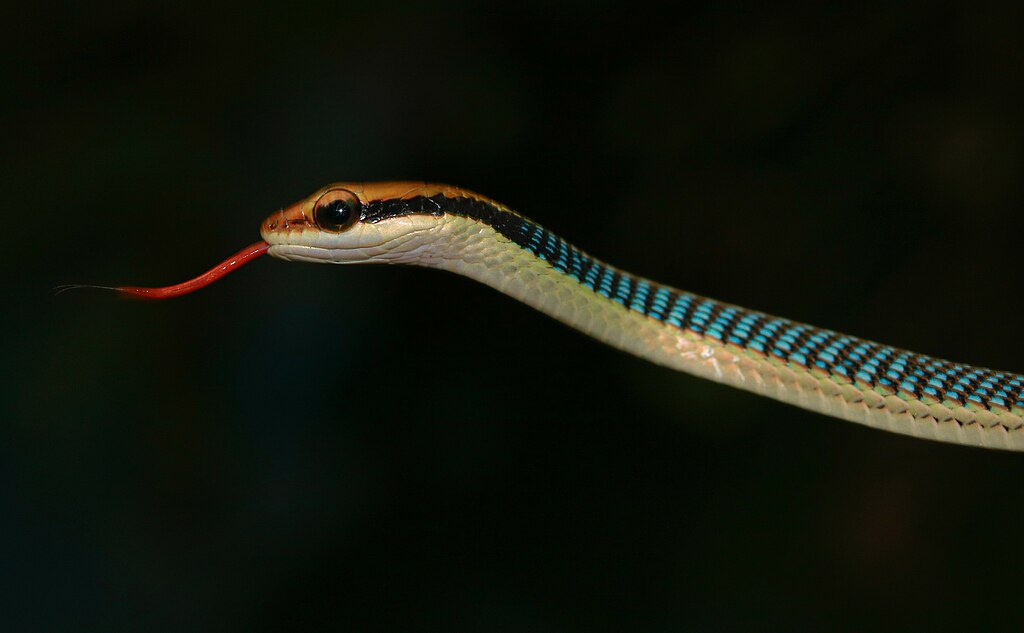
Snake robots have proven invaluable in disaster response scenarios where human access is either impossible or extremely hazardous. Following earthquakes, these sinuous machines can navigate through rubble to locate survivors, assess structural stability, and deliver critical supplies like water, medicine, or communication devices. During the 2017 Mexico City earthquake, snake robots were deployed to search collapsed buildings, reaching areas that would have required dangerous and time-consuming debris removal if accessed by human rescuers. Similarly, after industrial accidents or building collapses, these robots can detect hazardous materials, map damaged areas, and provide real-time video feeds to emergency response teams. The narrow profile and exceptional maneuverability of snake robots make them uniquely suited for these challenging environments, offering hope in situations where conventional rescue equipment falls short. Their ability to operate in confined spaces has saved numerous lives that might otherwise have been lost in the critical hours following disaster events.
Industrial Inspection and Maintenance
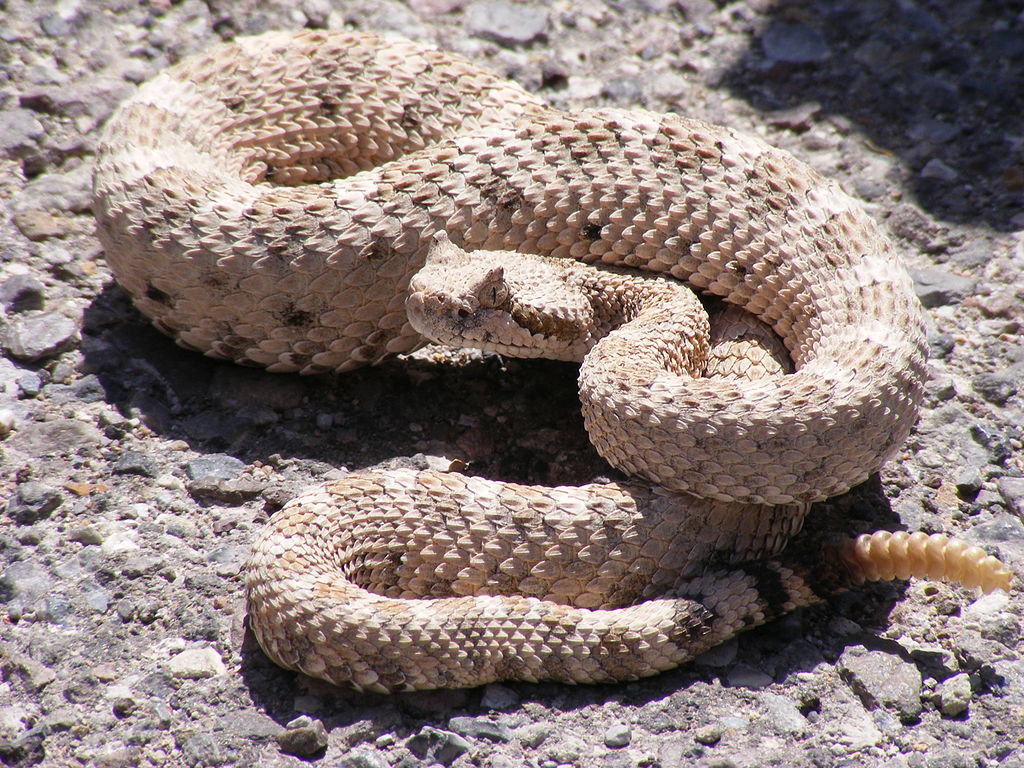
Beyond emergency response, snake robots have revolutionized industrial inspection practices across numerous sectors. In the energy industry, these robots routinely inspect pipelines, nuclear facilities, and offshore oil platforms, accessing confined spaces that would otherwise require costly disassembly or present significant hazards to human inspectors. Their ability to navigate complex pipe networks makes them particularly valuable for detecting corrosion, leaks, or structural weaknesses before catastrophic failures occur. The aerospace industry has adopted snake robots to inspect aircraft engines and internal components without requiring complete disassembly, significantly reducing maintenance downtime and associated costs. Some advanced models can even perform minor repairs or maintenance tasks, such as applying sealants or removing debris from sensitive equipment. These industrial applications demonstrate how biomimetic design principles inspired by snakes have created substantial economic and safety benefits across multiple industries, with each new generation of robots expanding their capability range.
Medical and Surgical Applications
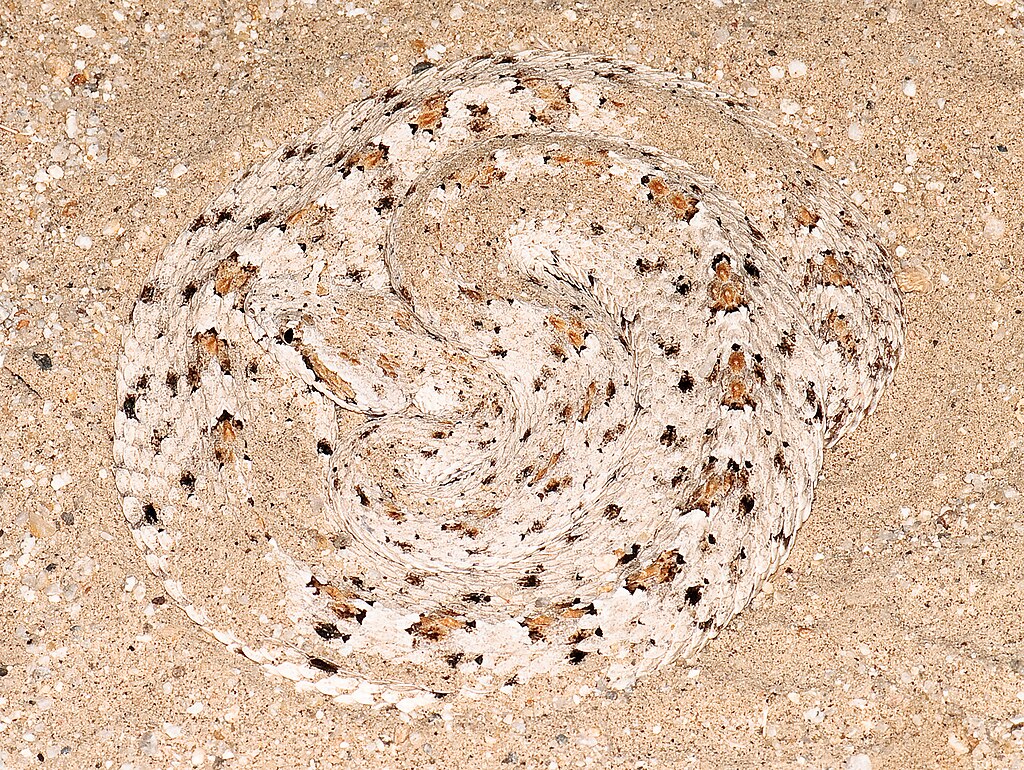
The medical field has enthusiastically embraced snake-inspired robotics, developing specialized systems for minimally invasive procedures that would be impossible with traditional surgical tools. Snake-like surgical robots can navigate the complex internal geography of the human body, reaching areas that would otherwise require major incisions and extensive recovery periods. For instance, cardiac procedures can be performed through small incisions, with snake-like instruments threading through blood vessels to reach the heart. Neurosurgery has benefited from ultra-thin snake robots capable of navigating between brain structures with unprecedented precision, minimizing damage to surrounding tissues. These medical snake robots typically feature high-definition cameras, specialized surgical tools, and haptic feedback systems that allow surgeons to “feel” tissues remotely. The result is reduced patient trauma, shorter hospital stays, decreased risk of infection, and improved surgical outcomes – all inspired by the remarkable navigation capabilities of natural snakes.
Environmental Monitoring and Research
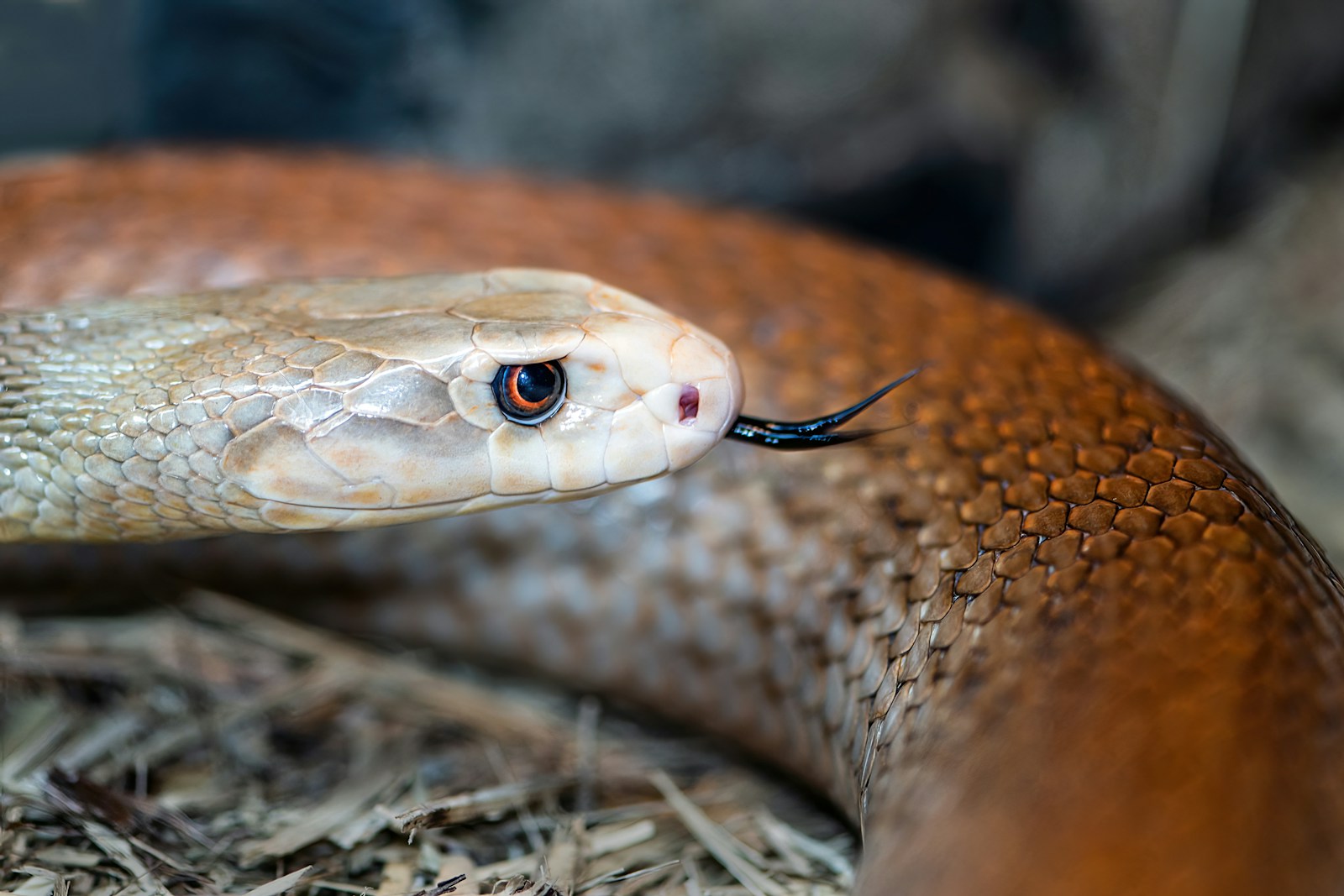
Snake robots have emerged as valuable tools for environmental scientists studying fragile or hazardous ecosystems. These robots can traverse sensitive habitats with minimal disruption, collecting data and samples while leaving the environment largely undisturbed. Marine biologists deploy aquatic snake robots to explore coral reefs, monitoring health indicators and documenting species without the physical impact of human divers. In rainforest canopies, snake robots can climb trees and navigate branches to observe wildlife and collect botanical samples from heights that would be dangerous for human researchers to access. Cave systems and underground habitats, often home to rare or endangered species, can be studied using specialized snake robots equipped with environmental sensors and non-invasive sampling tools. This application of snake-inspired robotics exemplifies how biomimetic design can come full circle—technology inspired by animals now helps us better understand and protect those same natural systems.
Sensory Systems and Autonomous Navigation

Modern snake robots incorporate sophisticated sensor arrays that mirror and sometimes exceed the sensory capabilities of biological snakes. Advanced models feature combination systems including cameras, infrared sensors, microphones, chemical detectors, and tactile feedback mechanisms that create comprehensive environmental awareness. Some cutting-edge designs even incorporate artificial “pit organs” inspired by vipers, detecting minute temperature variations to identify warm-bodied survivors in search and rescue operations. Navigation algorithms process this sensory data in real-time, allowing the robots to make autonomous decisions about movement strategies and path planning. Machine learning systems enable these robots to adapt to unexpected obstacles or changing conditions, gradually improving performance through experience—similar to how biological snakes learn to navigate their environments. The integration of multiple sensory modalities creates robust redundancy, ensuring that if one system fails, others can compensate, making these robots increasingly reliable in critical applications where failure cannot be tolerated.
Material Science Innovations

The development of effective snake robots has driven significant advances in materials science, as engineers seek to replicate the unique physical properties of snake bodies. Flexible yet durable outer coverings made from specialized polymers protect internal components while allowing the extreme range of motion required for serpentine locomotion. Some research teams have developed artificial scales using microstructured surfaces that dynamically adjust friction coefficients based on the direction of movement, mimicking the anisotropic friction that real snakes utilize. Shape-memory alloys that can change their physical properties in response to electrical stimulation have enabled more biomimetic movement patterns, creating smoother and more energy-efficient locomotion. Advanced composite materials combine lightweight construction with high strength, allowing snake robots to remain maneuverable while withstanding harsh conditions like extreme temperatures, corrosive environments, or high pressure. These material innovations often find applications beyond robotics, benefiting fields from medical devices to aerospace, demonstrating how biomimetic research can drive broader technological advancement.
Energy Efficiency and Power Challenges
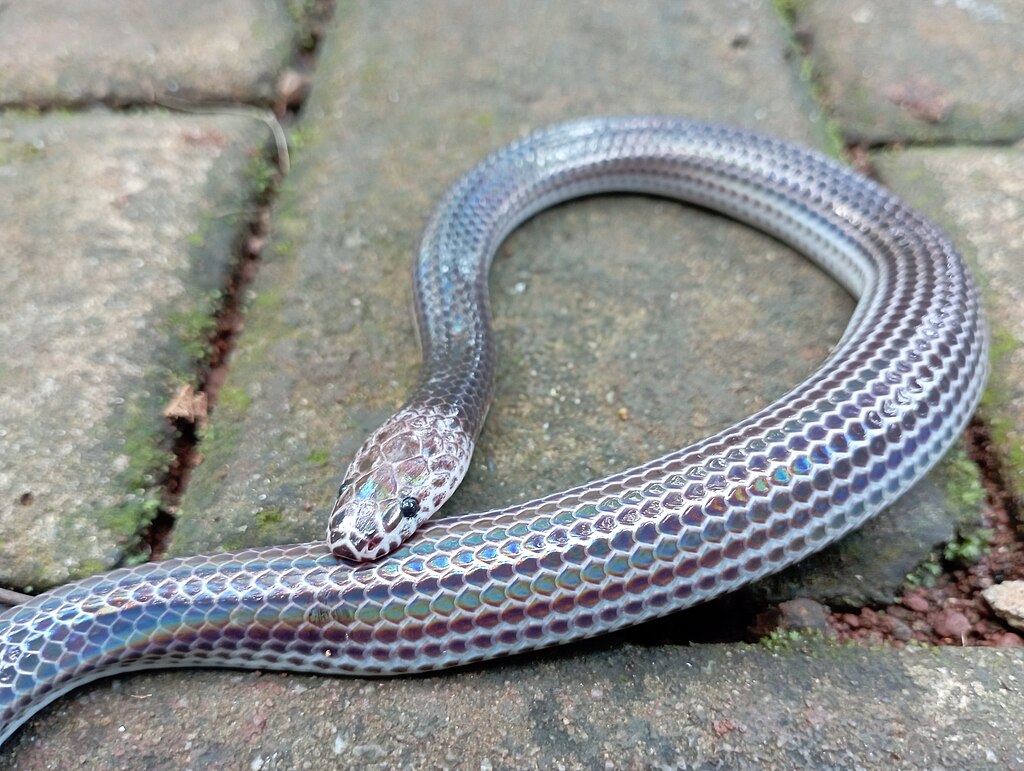
One of the greatest engineering challenges in snake robotics involves power management, as the numerous joints and sensors require substantial energy while size constraints limit battery capacity. Engineers have drawn inspiration from the energy-efficient movement of biological snakes, which can travel long distances with minimal metabolic expenditure thanks to their optimized muscular systems. Some snake robots incorporate regenerative systems that capture energy during certain movements, similar to how electric vehicles recapture braking energy. Advanced power management algorithms selectively activate only the motors needed for specific maneuvers, shutting down unused segments to conserve energy. For extended missions, some models utilize hybrid power systems, combining batteries with alternative energy sources such as small solar panels or, in industrial settings, power tethers that provide continuous operation. The pursuit of energy efficiency in snake robotics has yielded innovations in battery technology, motor design, and power management that benefit the broader field of mobile robotics and even consumer electronics.
Communication and Control Systems

Operating snake robots effectively requires sophisticated communication and control systems, especially in remote or hazardous environments where direct human oversight may be limited. Early models relied on tethered connections that provided both power and control signals, but modern systems increasingly utilize wireless communication protocols that allow for greater range and flexibility. Control interfaces have evolved from complex technical systems to intuitive designs that allow emergency responders with minimal training to operate these robots effectively during crisis situations. Some advanced models employ semi-autonomous control, where operators provide high-level directional commands while onboard computers handle the complex coordination of multiple segments. In environments where communication signals may be blocked or degraded, such as inside collapsed buildings or underwater, snake robots can operate with pre-programmed behaviors or store data for later transmission when connection is restored. The most sophisticated systems incorporate haptic feedback, allowing operators to “feel” the environment through force-feedback controllers that translate the robot’s physical interactions into tactile sensations.
Future Directions in Snake-Inspired Robotics
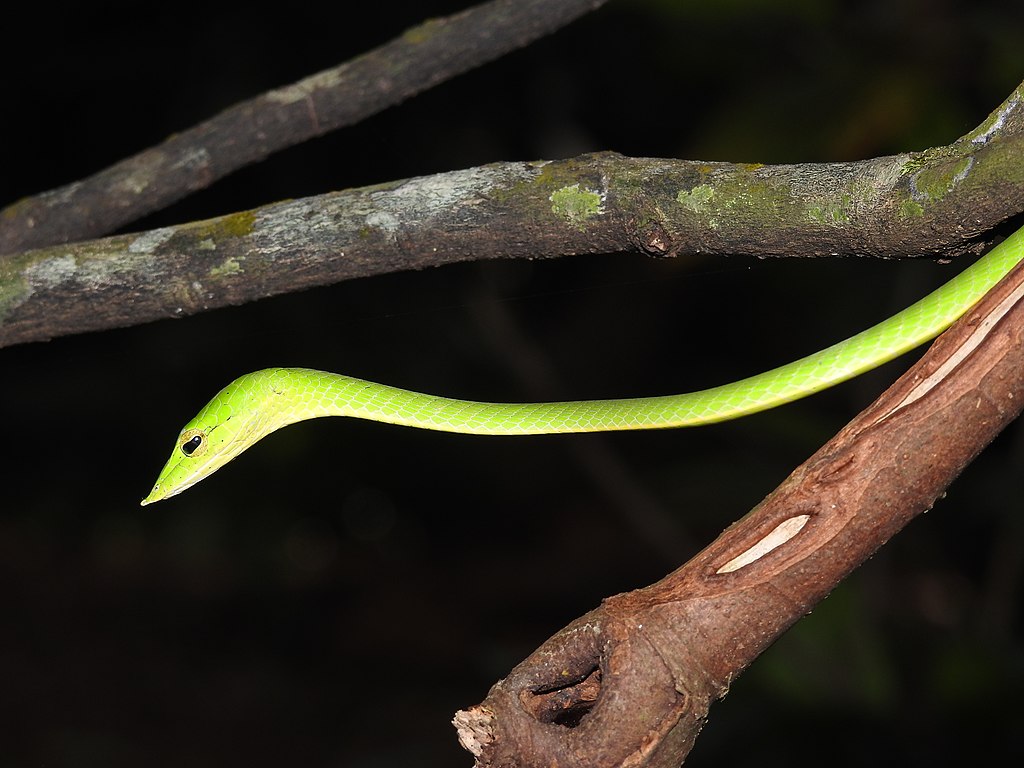
The field of snake robotics continues to advance rapidly, with several promising developments on the horizon. Soft robotics, which uses flexible materials and pneumatic or hydraulic actuation rather than rigid components, represents a significant frontier that may yield even more lifelike and adaptable snake robots. Researchers are exploring biohybrid approaches that incorporate actual biological tissues or cells into robotic systems, potentially creating machines with unprecedented flexibility and self-healing capabilities. Artificial intelligence advancements promise more autonomous snake robots that can make complex decisions without human guidance, expanding their utility in remote environments or time-critical missions. Miniaturization trends suggest future snake robots may become small enough to navigate inside the human body for advanced medical applications or inspect microscopic structures in industrial settings. Perhaps most excitingly, some research teams are developing modular systems where multiple snake robots can connect and reconfigure themselves to form different shapes based on mission requirements, creating unprecedented versatility. These innovations suggest that snake-inspired robotics will continue to slither into new application areas, solving problems that conventional robots simply cannot address.
Ethical and Societal Implications
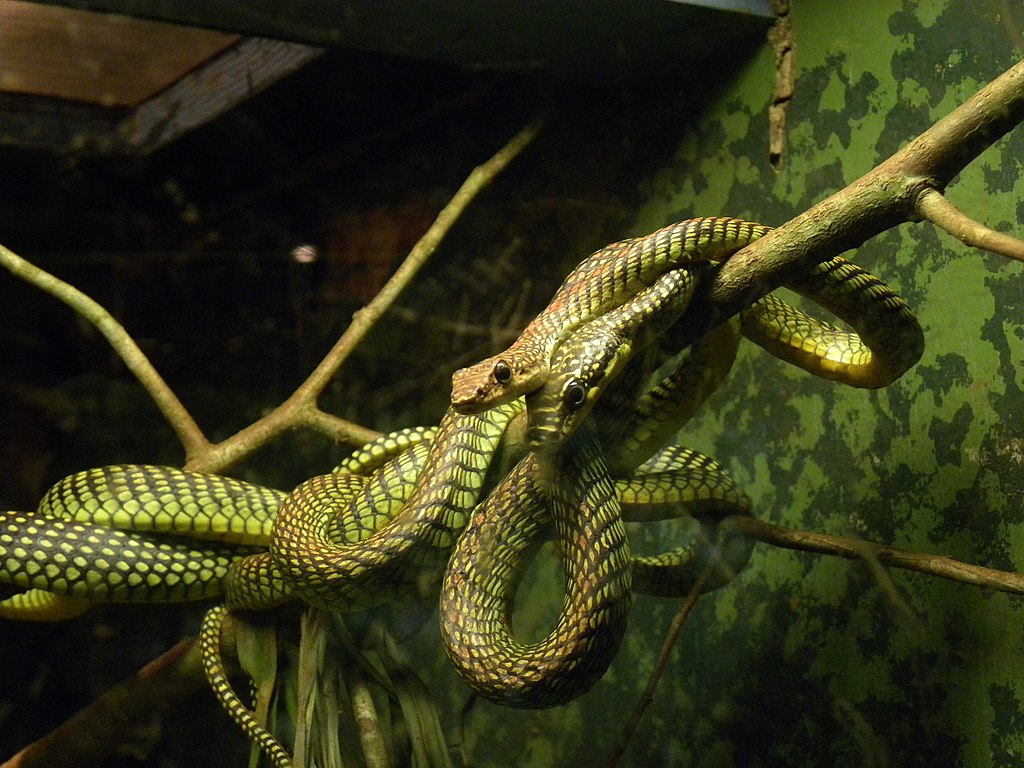
As snake robots become more sophisticated and widespread, they raise important ethical and societal questions that extend beyond their technical capabilities. Privacy concerns emerge when these highly mobile robots can access previously inaccessible spaces, potentially collecting data or conducting surveillance without detection. The military applications of snake robots for reconnaissance or even combat raise questions about autonomous weapons systems and appropriate uses of such technology in conflict zones. Labour impacts must be considered as these robots increasingly take on dangerous jobs previously performed by humans, potentially displacing workers while simultaneously creating new job categories in robot operation and maintenance. Public acceptance represents another challenge, as the snake-like appearance may trigger phobias or discomfort among some individuals who must interact with these machines. Addressing these ethical dimensions requires ongoing dialogue between engineers, ethicists, policymakers, and the public to ensure that snake-inspired robotics develops in ways that align with broader societal values and priorities while maximizing beneficial applications.
Conclusion

The remarkable journey from observing natural snake locomotion to developing sophisticated robotic search tools demonstrates the enduring value of biomimicry in solving complex engineering challenges. Snake robots represent a perfect synthesis of biological inspiration and technological innovation, creating machines that can access spaces unreachable by conventional means. As these technologies continue to evolve, they promise to transform fields ranging from disaster response to medicine, industrial maintenance to environmental research. The sinuous, adaptable snake—often feared or misunderstood in nature—has become an unlikely hero in the technological realm, inspiring tools that save lives and expand human capabilities. This ongoing collaboration between biologists, engineers, and roboticists reminds us that some of our most pressing challenges may find their solutions in the careful observation of nature’s time-tested designs.





